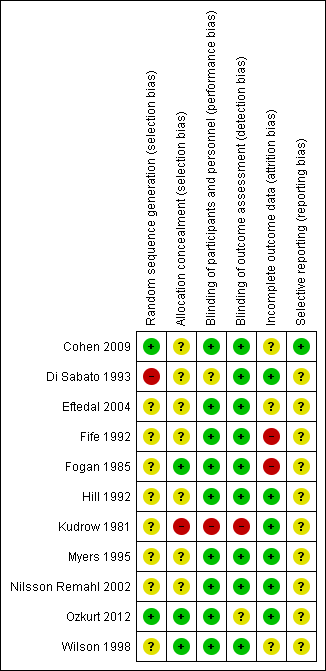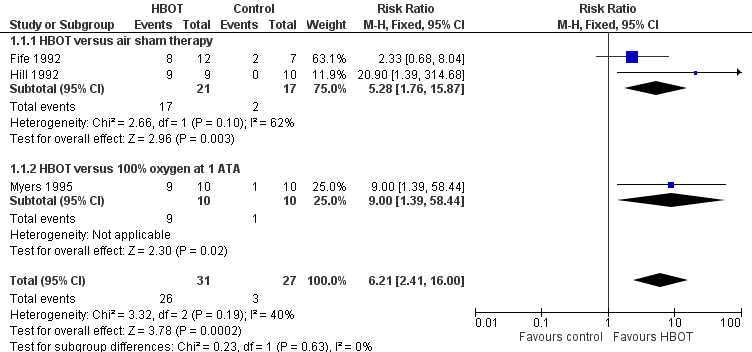Related content
Related reviews and protocols
Klaus Linde, Gianni Allais, Benno Brinkhaus, Yutong Fei, Michael Mehring, Emily A. Vertosick, Andrew Vickers, Adrian R White | 28 June 2016
Klaus Linde, Gianni Allais, Benno Brinkhaus, Yutong Fei, Michael Mehring, Byung‐Cheul Shin, Andrew Vickers, Adrian R White | 19 April 2016
Louise Sharpe, Joanne Dudeney, Amanda C de C Williams, Michael Nicholas, Ingrid McPhee, Andrew Baillie, Miriam Welgampola, Brian McGuire | 2 July 2019
Psychological therapies for the management of chronic and recurrent pain in children and adolescents
Emma Fisher, Emily Law, Joanne Dudeney, Tonya M Palermo, Gavin Stewart, Christopher Eccleston | 1 October 2018
Rita Banzi, Cristina Cusi, Concetta Randazzo, Roberto Sterzi, Dario Tedesco, Lorenzo Moja | 1 April 2015
Cathie LM Sudlow, Charles P Warlow | 11 July 2013
Mattias Linde, Wim M Mulleners, Edward P Chronicle, Douglas C McCrory | 24 June 2013
Simon Law, Sheena Derry, R Andrew Moore | 20 April 2016
Polpun Boonmak, Suhattaya Boonmak | 22 November 2013
Anna Sutherland, Katrien Naessens, Emma Plugge, Lynda Ware, Karen Head, Martin J Burton, Bee Wee | 21 September 2018






